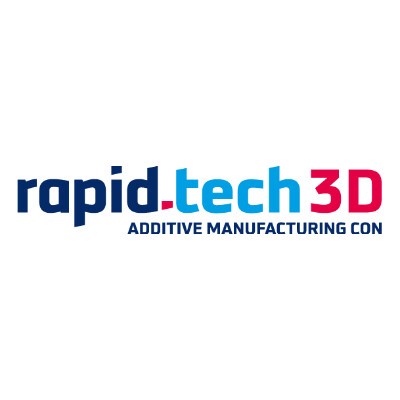The influence of orientation and thermal history on the mechanical properties of 316L components
Influences on mechanical properties, mechanisms of action
When using PBF-LB/M as a manufacturing process for complex and, above all, safety-critical components, there are still barriers and safety concerns due to a lack of knowledge about the system-structure-property relationships. To overcome these barriers, it is necessary to understand and describe the underlying mechanisms of the manufacturing process. This presentation provides a general overview of the influences of orientation and thermal history on the mechanical properties of thin-walled 316L components manufactured using PBF-LB/M.
The tests conducted in this presentation show that mechanical properties achieved by one manufacturing system are not readily transferable to other manufacturing systems.
Microstructural analyses reveal a process-related anisotropic microstructure in 316L manufactured using PBF-LB/M. This anisotropic microstructure influences the anisotropy of the mechanical properties. Furthermore, inclined components, especially in the downskin, exhibit a significantly increased roughness due to the process. The mechanical properties depend on the roughness.
Each position of a component manufactured using PBF-LB/M undergoes a unique thermal history due to locally varying heat input and heat conduction. This results in different microstructures that influence the mechanical properties.
In addition to the dependencies, the presentation will also present the underlying mechanisms of action regarding the mechanical properties, thus providing a better understanding of the challenges of the PBF-LB/M process.
Presentation language: GER
Speakers (1)



